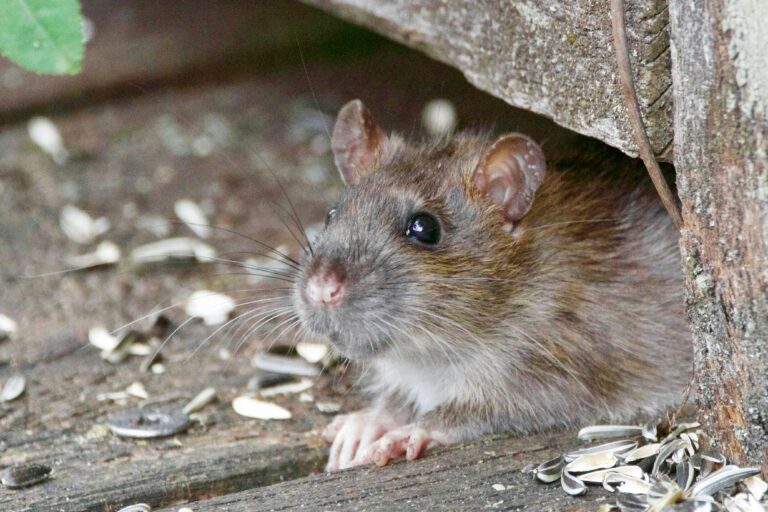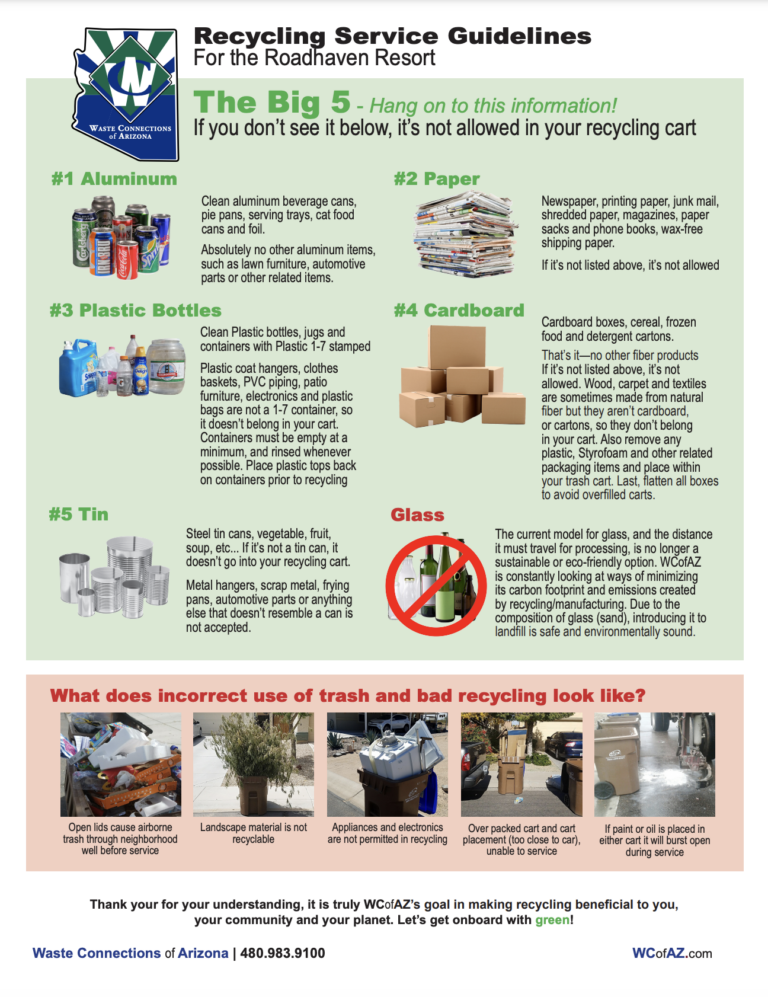If you’re new to Arizona or spending your first summer in Apache Junction, you...
ROADHAVEN FEATURED ARTICLES
Termites and Their Impact on Park Model Homes
For every home, there lurks a silent threat: termites. These tiny insects may seem insignificant individually, but collectively, they can wreak havoc on traditional and park model homes, causing extensive damage and financial strain for homeowners. Termites are notorious for their insatiable appetite for cellulose, the main component of wood. Park model homes, typically constructed with wood materials, provide the perfect feast for these relentless pests. Unlike other pests that might leave visible signs of their presence, termites often operate discreetly, making it difficult for homeowners to detect an infestation until significant damage has already occurred.
One of the primary concerns with termite infestations in park model homes is structural damage. Termites can chew through wood, compromising the integrity of the building and posing safety risks for occupants. In severe cases, this damage can render the home uninhabitable and necessitate costly repairs or even reconstruction.
Furthermore, termites are not confined to the structure of the home itself; they can also target other wooden elements, such as decks, porches, and fences. These outdoor spaces are integral to the appeal of park model living, but they are equally susceptible to termite damage. Left unchecked, termites can turn these charming features into liabilities, detracting from the overall enjoyment and value of the property.

The financial implications of termite infestations are significant. In addition to the expense of repairing or replacing damaged structures, homeowners may also face additional costs associated with termite control measures. Professional extermination services, ongoing monitoring, and preventive treatments can all contribute to the financial burden of dealing with termites in a park model home. Beyond the tangible costs, termite infestations can also take a toll on homeowners’ peace of mind. The knowledge that their home is under siege by these unseen invaders can cause anxiety and stress. Moreover, the uncertainty of not knowing the extent of the damage or when the next infestation might occur can create a constant sense of unease for residents.
Fortunately, there are steps that homeowners can take to protect their park model homes from termite damage.
Regular inspections by qualified professionals can help detect early signs of infestation and prevent minor issues from escalating into major problems.
Implementing preventive measures such as treating the soil around the home with termiticides and using termite-resistant building materials can also help deter these pests.
Additionally, maintaining proper ventilation and moisture control can make the environment less hospitable to termites, as they thrive in damp conditions. By being proactive and vigilant, homeowners can reduce the risk of termite infestations and safeguard their investment in their park model homes.
While park model homes offer a tranquil retreat, they are not immune to the threat of termites. These silent destroyers can cause extensive damage to wooden structures and outdoor amenities, leading to financial strain and emotional distress for homeowners. By understanding the risks posed by termites and taking proactive measures to prevent infestations, homeowners can protect their park model homes.
Living with Wildlife: Desert Rats
Learn how to manage desert rats in Apache Junction responsibly! Learn about the damage...
Nearby | Tell Me about Saguaro Lake!
Discover what is nearby - Saguaro Lake
Roadhaven Resort’s Recycling Bins Are Back!
Roadhaven has two new recycling bins. This article was updated on Dec. 15, 2023....
Required – Resale Inspection Request
Our Architectural department is dedicated to conducting thorough resale inspections, focusing on the exterior...
A NIGHT AT THE SYMPHONY | ROADHAVEN – FEATURED ARTICLES
Looking for a night out that combines live music and culture in the heart...
BUTTERFLY WONDERLAND | ROADHAVEN – FEATURED ARTICLES
Looking for a night out that combines live music and culture in the heart...
Things To Do | Tempe Town Lake
Looking for a night out that combines live music and culture in the heart...









